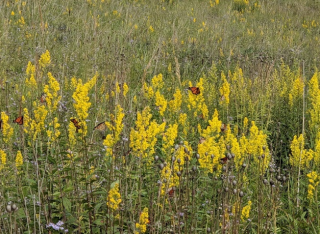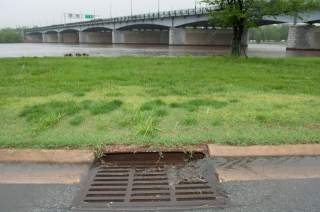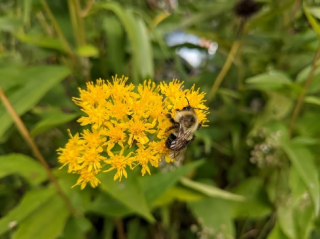Vernal pools are shallow wetlands that fill with water in the spring and fall, then often dry out in the summer. They may appear like large puddles, but these depressions are brimming with life and help improve water quality. By capturing water from snowmelt and heavy rainfall, vernal pools reduce the amount of runoff (and therefore the contaminants it carries) reaching nearby surface waters and developed lands. This lowers flooding risks, improves water quality, and contributes to groundwater recharge as the trapped water slowly infiltrates through the soil.
Vernal pools rarely contain fish because their water levels fluctuate dramatically. This creates a safe haven for many amphibians and aquatic invertebrates that would otherwise be heavily preyed upon. While some depend on vernal pools during only their vulnerable egg and larval stages, others spend their entire life within or near them. These small wetlands also provide food, water, and refuge for many other wildlife species such as ducks, turtles, and snakes. Benefits stem beyond the pool itself as several aquatic insect larvae transform to flying adults, serving as forage for insectivores like songbirds and bats.
Vernal pools are highly sensitive to environmental changes. Because they are nearly invisible for much of the summer, they can be easily missed and destroyed if the land is modified. You can help protect vernal pools on your property by noting their boundaries when visible in the spring and avoiding disturbance throughout the year. This is also a great time to explore the abundance of wildlife in and around these wetlands! For more information contact Breanna Keith, Water Resource Specialist, at
Additional Resources
"Spring-to-Life Ponds": an Illustrated Learning Guide, produced by the MNDNR
MN Frog ID and Calls and Common Vernal Pool Invertebrates, produced by the MPCA and the University of Wisconsin
Locating and Protecting Vernal Pools, produced by the MN Land Trust



